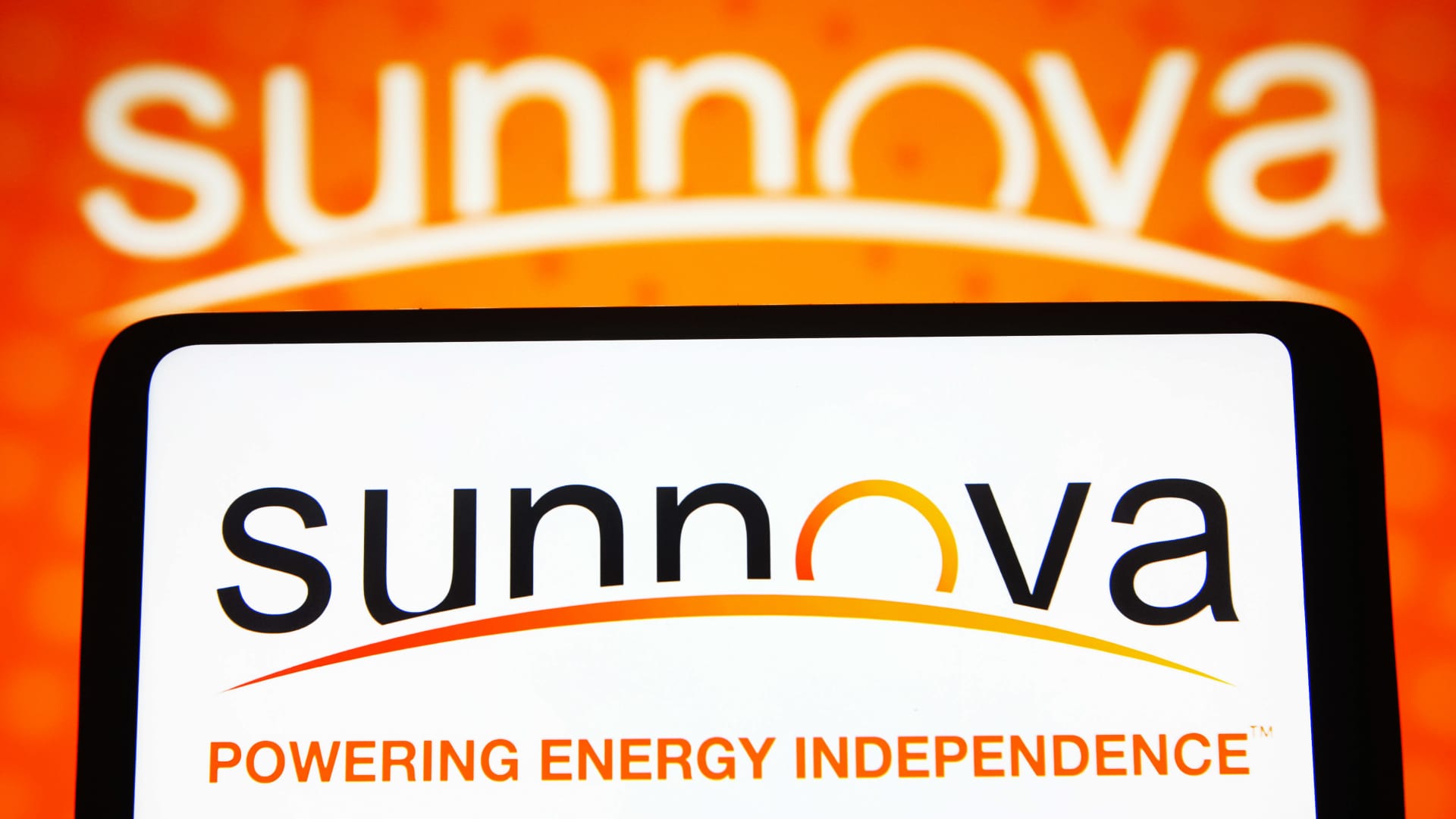Investors should not lose hope on residential solar company Sunnova Energy just yet, according to Goldman Sachs. Analyst Brian Lee maintained his buy rating on Sunnova and kept his $14 price target, which suggests the beaten-down stock can jump a whopping 194%. “We believe the path for the stock remains highly sensitive to cash flows in the near-to-medium term and investor confidence around the company’s ability to pay down and/or refinance debt,” analyst Brian Lee wrote in a Wednesday note. “We note that NOVA remains one of the most shorted names in our solar coverage. That said, we see an opportunity for the stock to rally significantly on any actions the company can take in the near-term to restore investor confidence.” Sunnova’s share price has fallen more than 68% this year and more than 50% since the company reported earnings in late February. The results reflected a deeper net loss of $234 million in the fourth quarter and led to heightened concerns about the company’s balance sheet and need for more liquidity. The stock also plunged in late February after Sunnova announced a $100 million at-the-market stock offering program , which its management described as “good housekeeping” rather than an immediate need to raise capital. In the near term, Lee pointed to three factors vital to the company restoring investor confidence and for its stock to also recover: Potential asset sales Minimal to no cash burn Repurchase of debt According to Lee, Sunnova has a sizeable portfolio of non-solar loans—such as generators, EV chargers and home security systems—that could be an “underappreciated source” of value and cash. When it comes to keeping its cash — and potentially growing it in the near term — the analyst believes the flow through of higher pricing, more disciplined cost control and slight working capital adjustments could allow the company to maintain cash at relatively stable levels into the first quarter. Given the company’s debt, Lee thinks Sunnova would benefit most from generating cash from potential asset sales and then working towards reaching cash flow generation of $200 million to $500 million in 2025. After that, the company can refinance its remaining balance.
Goldman gives 3 reasons why this solar stock could nearly triple










